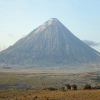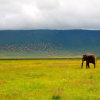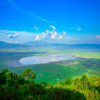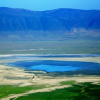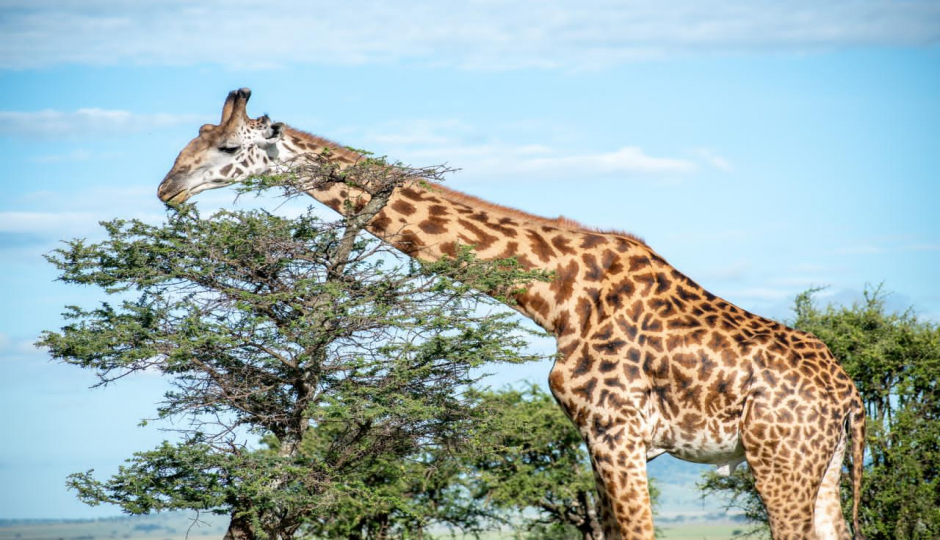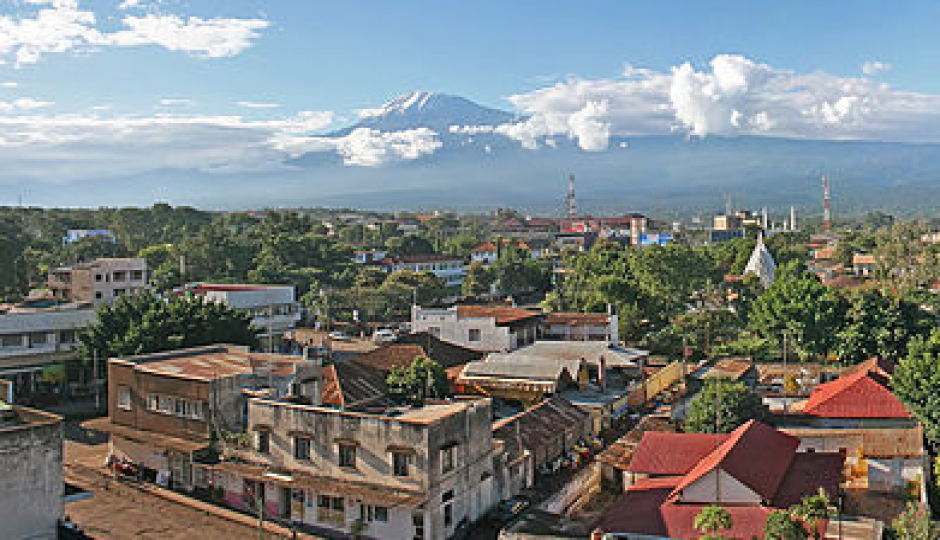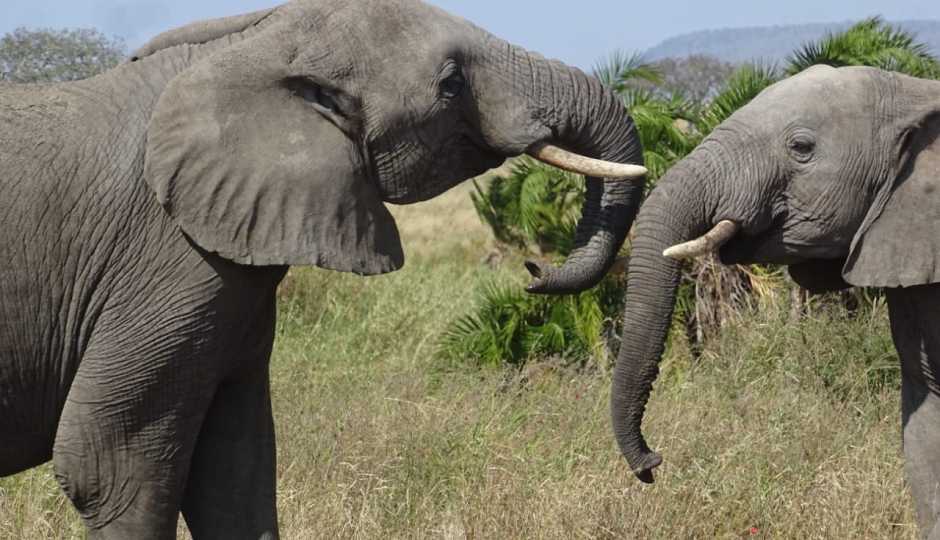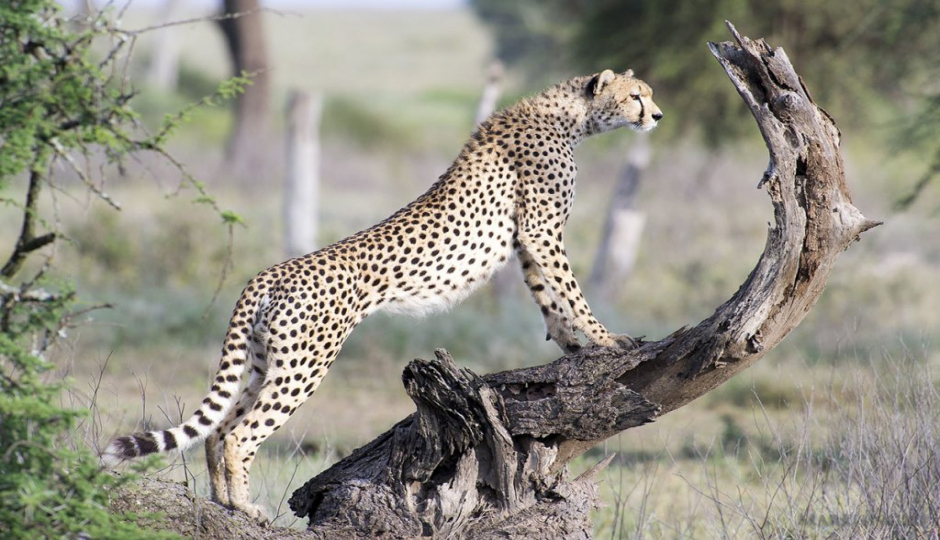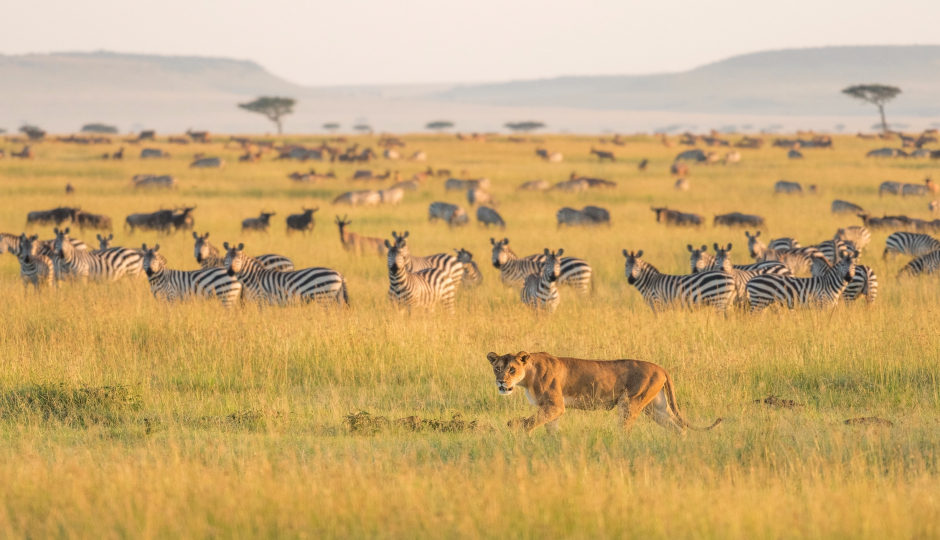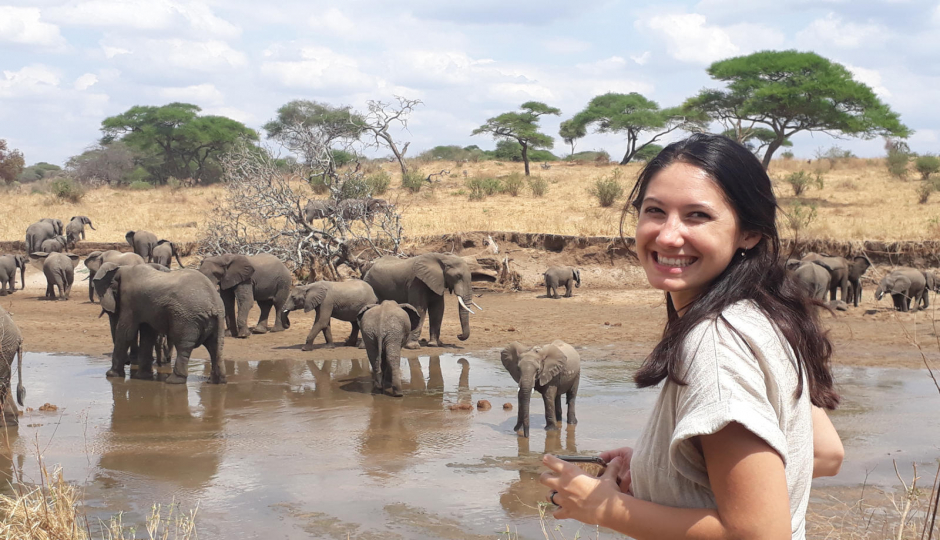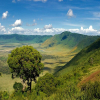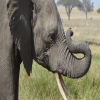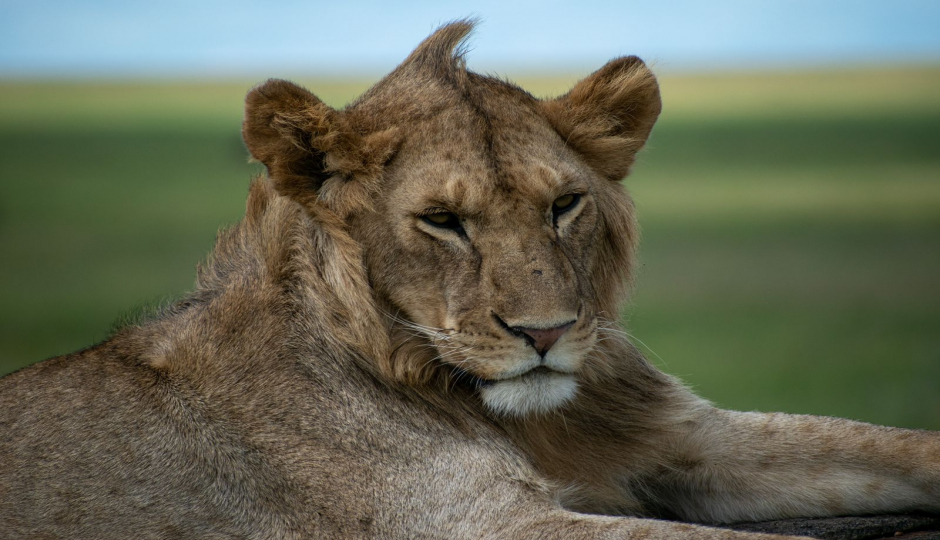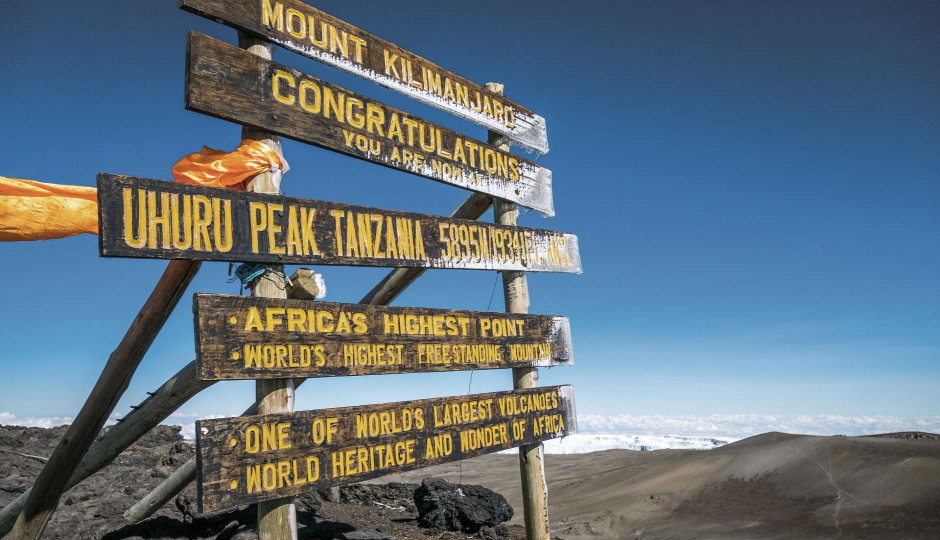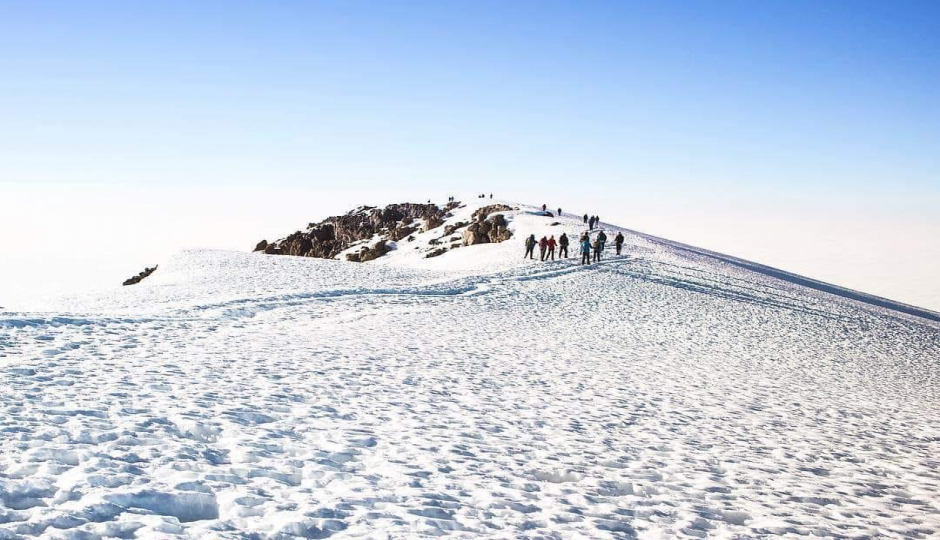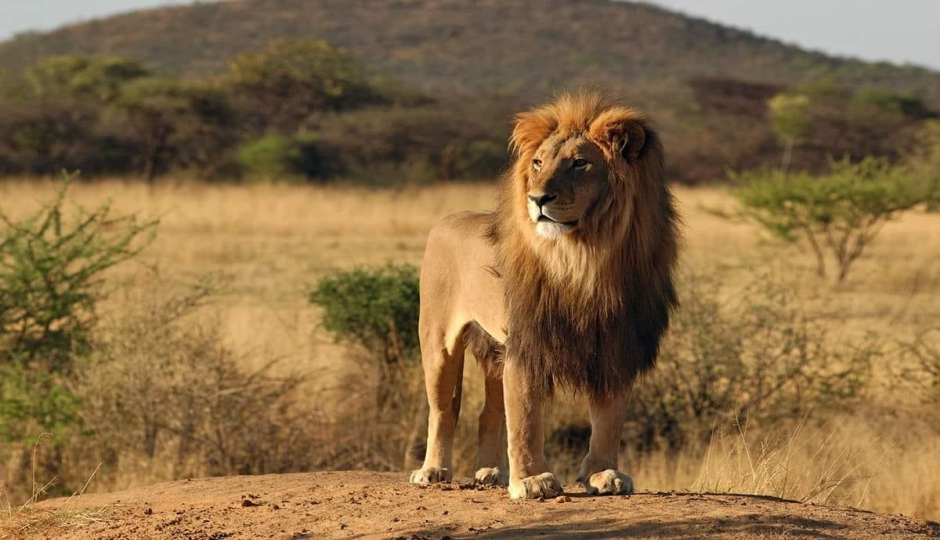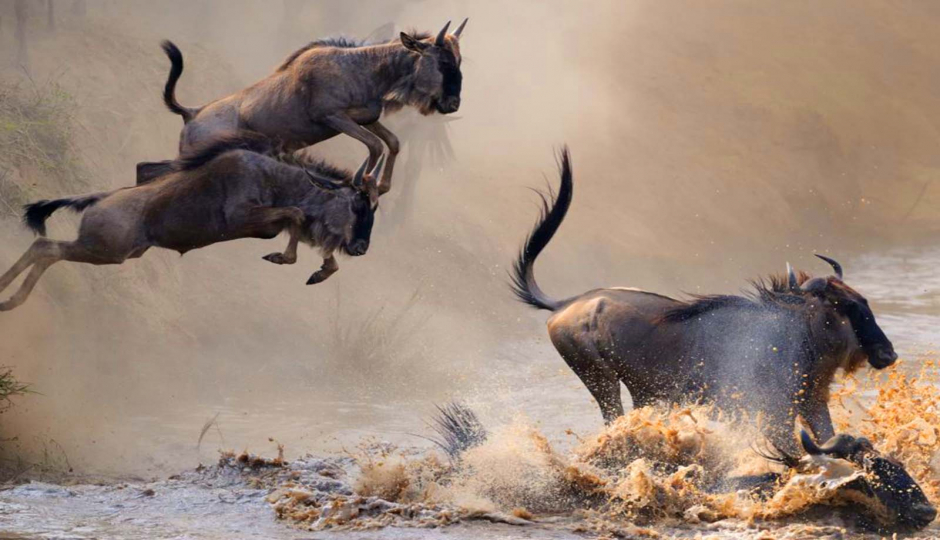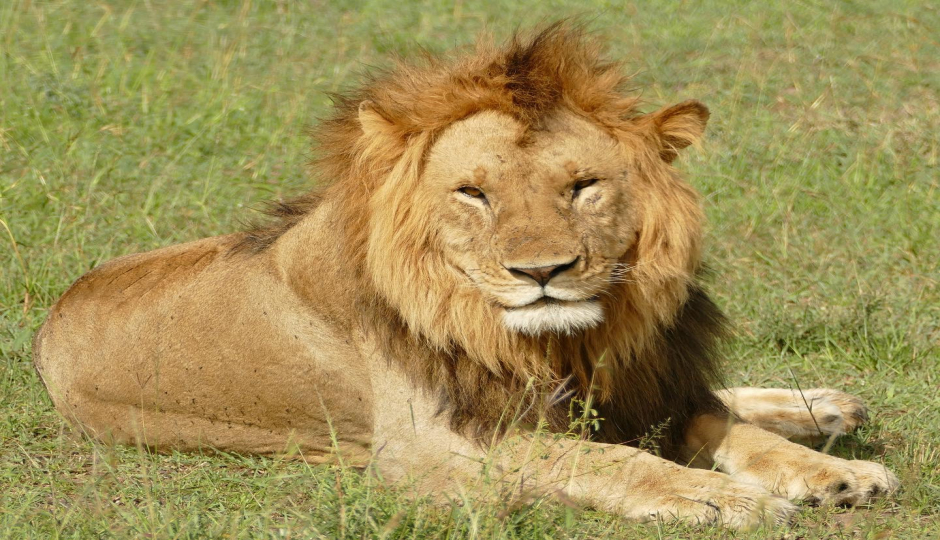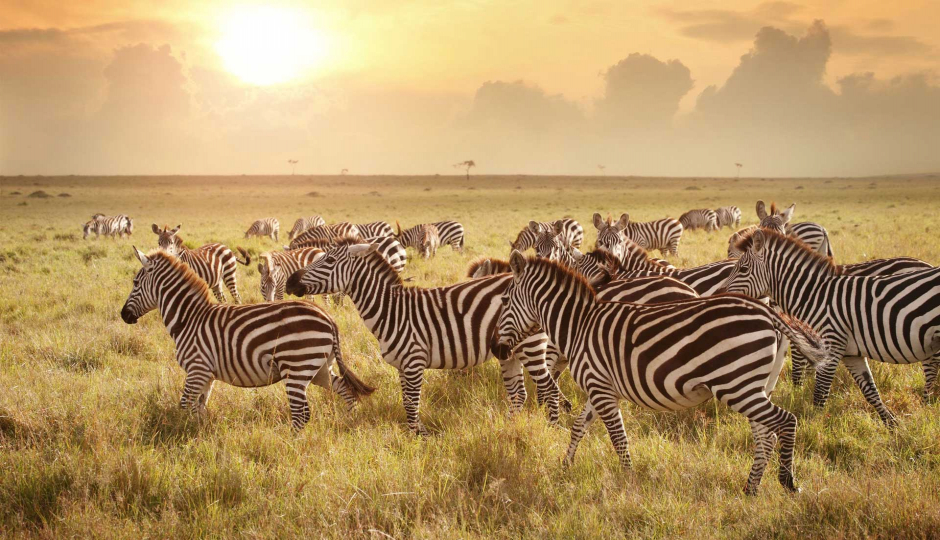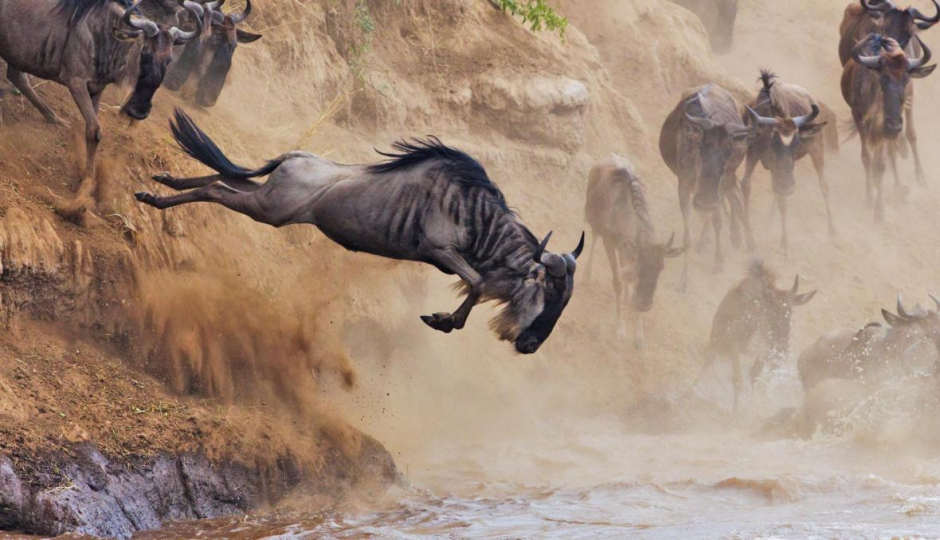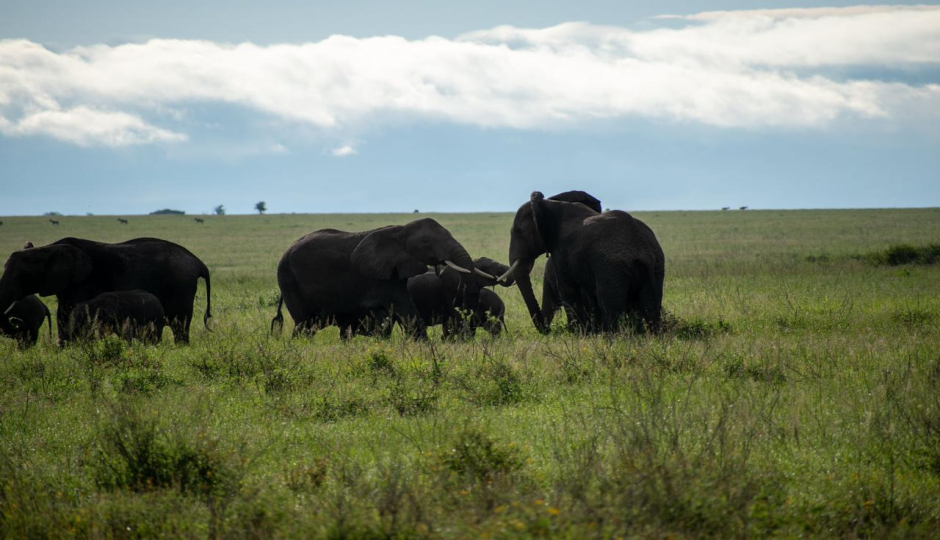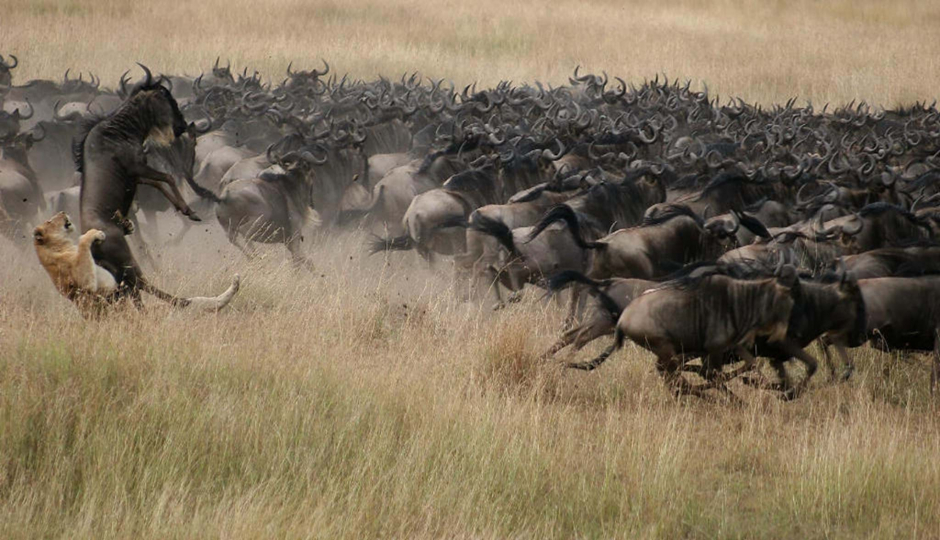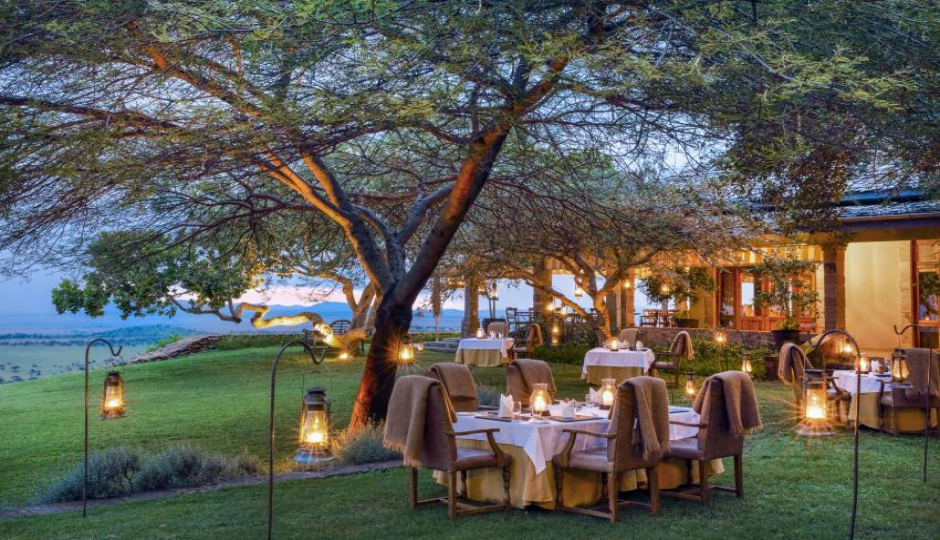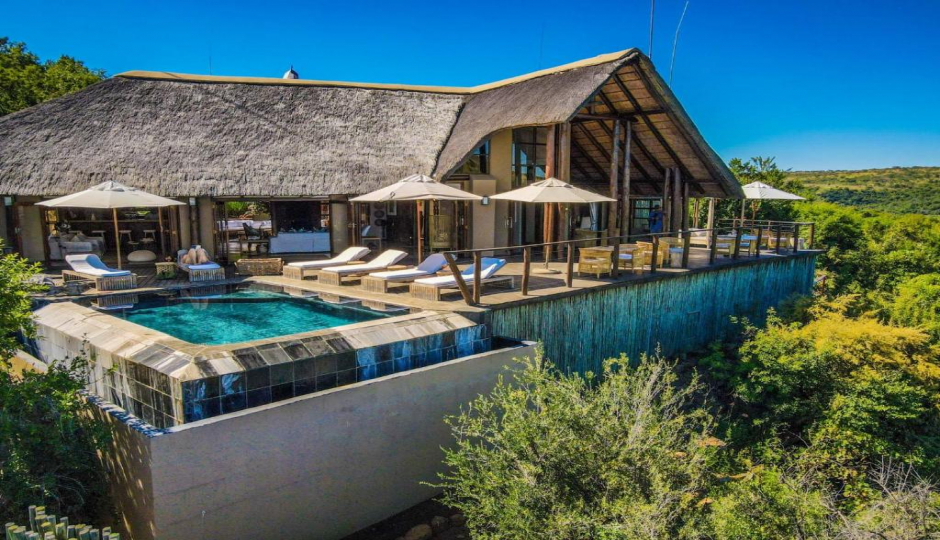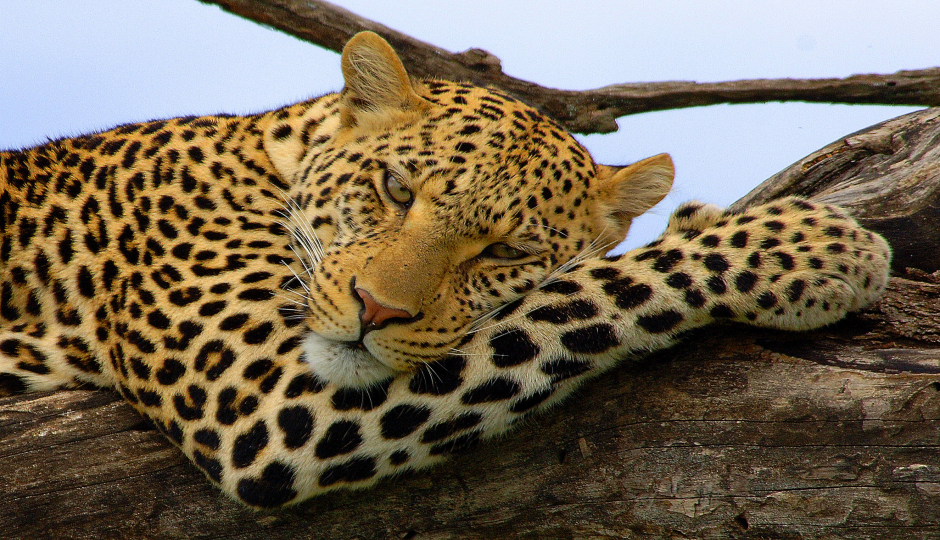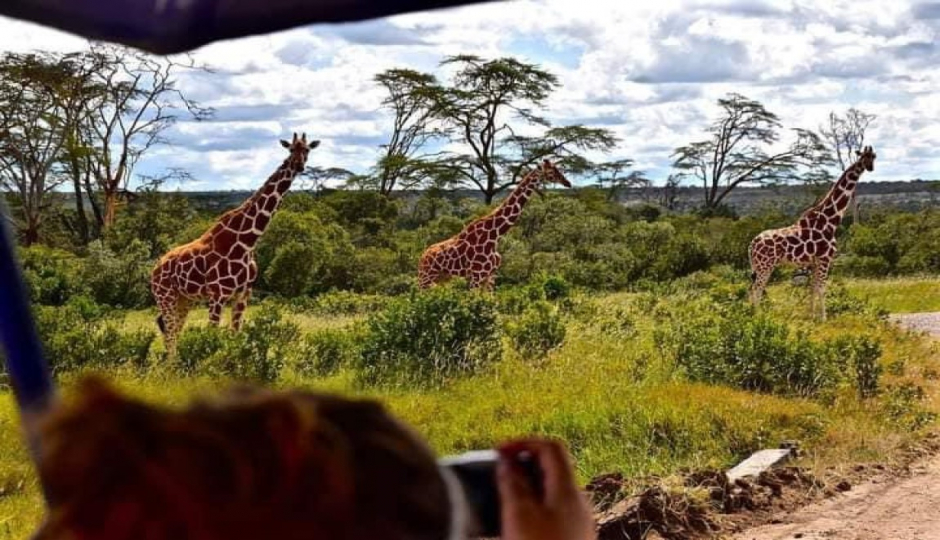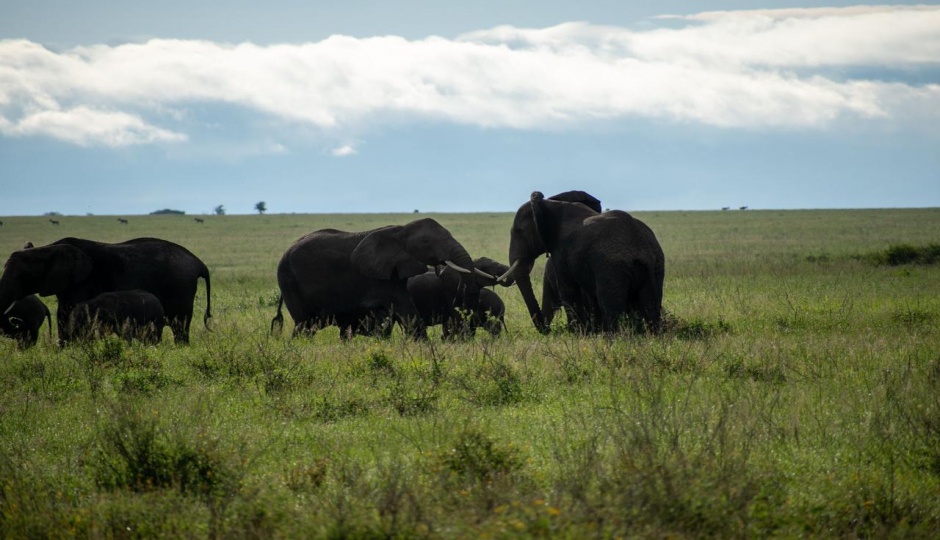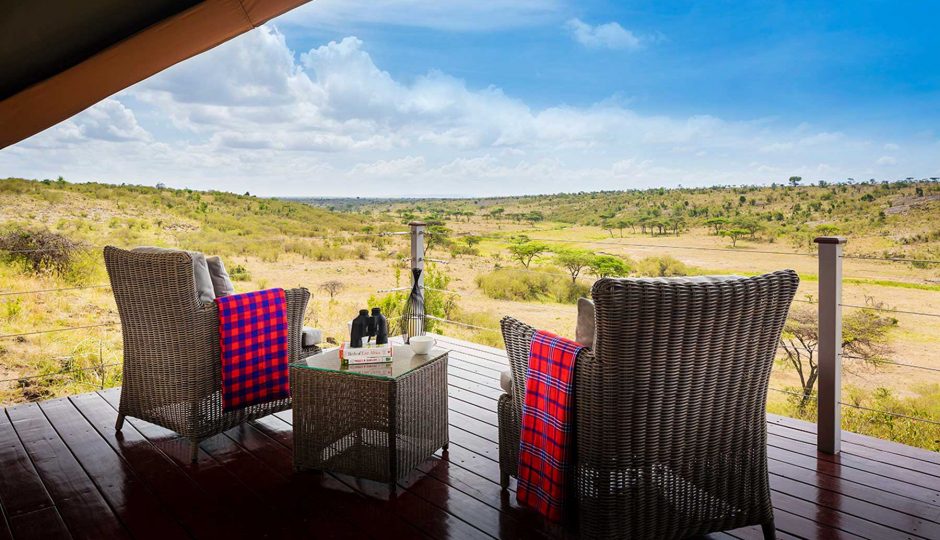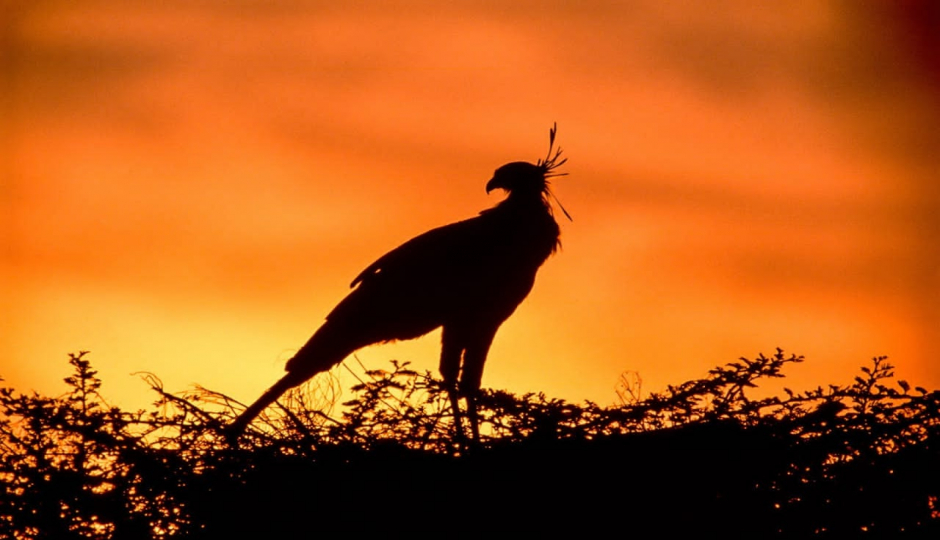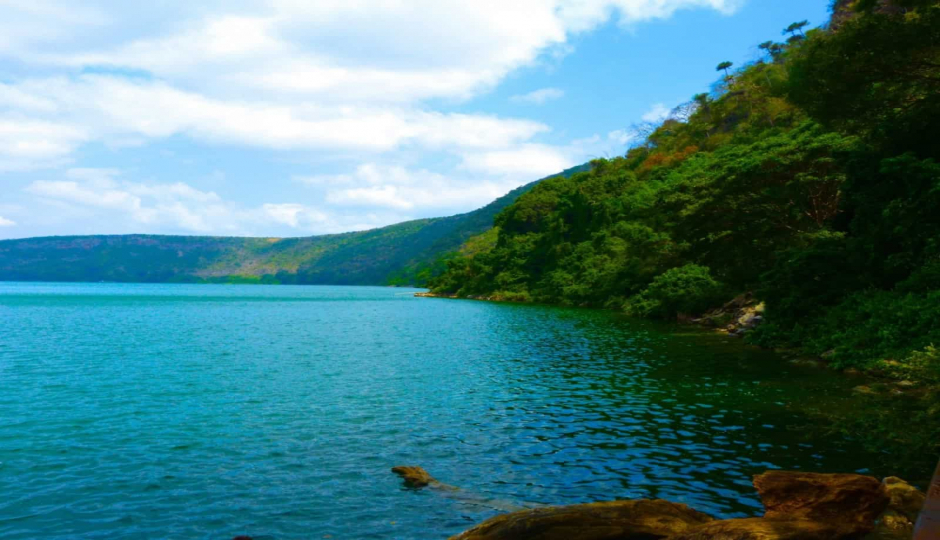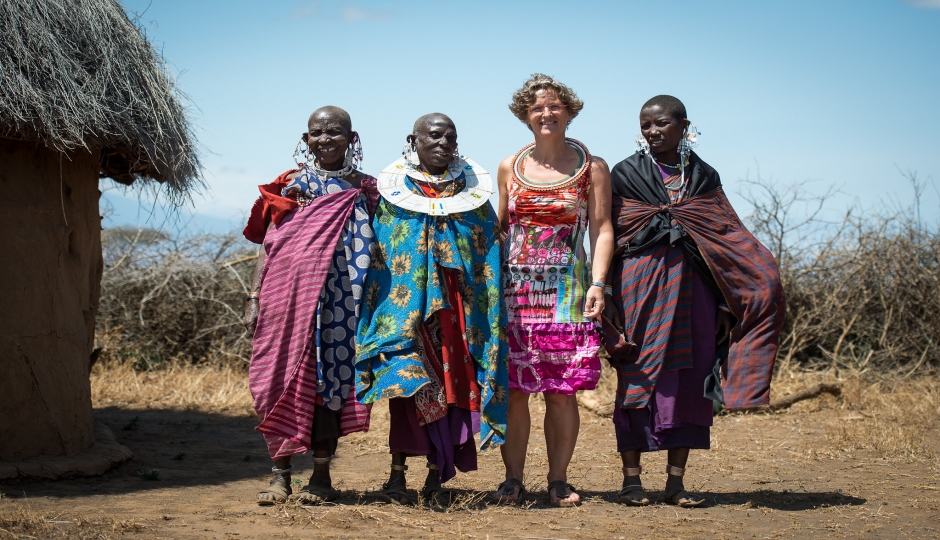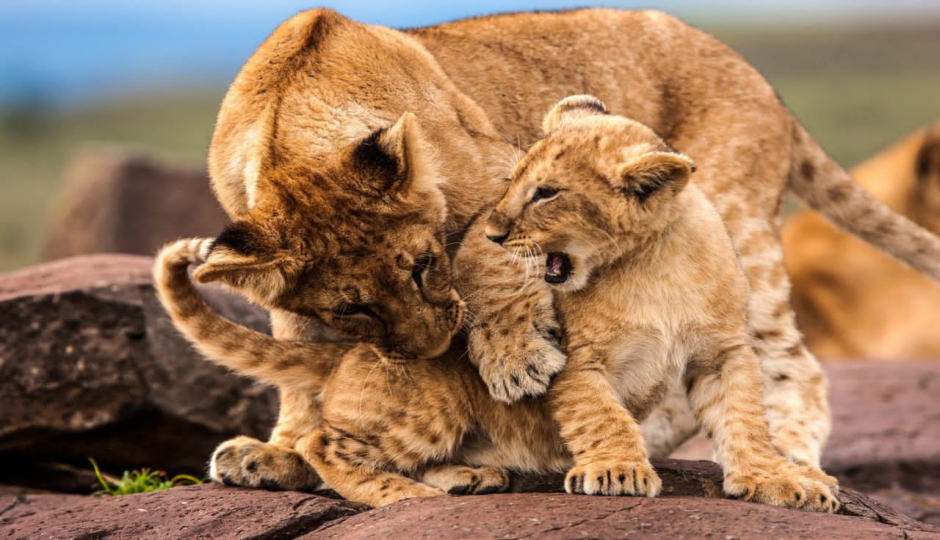The Wildlife in Ngorongoro Crater
Ngorongoro Crater is home to a population of about 25,000 large animals, mostly ungulates, alongside the highest density of mammalian predators in Africa including the densest known population of Lion. Ngorongoro harbors a range of endangered species, such as the black Rhino, Wild Hunting Dog, and Golden Cat. It houses one of the largest animal migrations on earth, including over 1 million wildebeests, 72,000 zebras, and 350,000 Thompson and Grand Gazelles.
It is also home to about 5000 species of birds. The mix of forests, canyons, grassland, lakes, and marshes forms an ideal habitat for an enormous variety of birds. During the rainy season, you can see the arrival of Eurasian migrants at the open pools. White storks and Yellow wagtails mingle with the local inhabitants; stilts, saddle bill storks, ibis, ruff, and various other species of ducks. Lesser flamingo flies in to feed on their breeding grounds at Lake Natron. Distinctive grassland birds such as ostriches, Kori bustards, and crown cranes occasionally put on truly magnificent displays.
Ngorongoro Crater
The crater covers an area of 304km sq and its diameter is 19.5 km, while its depth is 630m. The Ngorongoro Crater floor is dominated by open grassland and it has a patch of woodland known as Lerai Forest. This forest provides shelter for animals such as elephants, elands, monkeys, and various bird species.
Geology of the Area
The two main rifts of Lake Eyasi in the north and the Lakes of Manyara and Natron in the East characterize Ngorongoro Conservation Area. The two rifts meet where the 9 Volcanoes of the Ngorongoro highlands were formed four million years ago, the ashes and dust from each eruption were carried northwest to form the fertile soils of the Serengeti plains. To date only Oldonyo Lengai is active, and this has resulted in beautiful formations.
Orkarian Gorge
A spectacular narrow rock-cut known as Orkarian Gorge in the Gol Mountains is the only Rupppel’s griffon vulture-nesting site in east Africa. In the dry season, the Maasai bring their cattle into the gorge to drink water. A spectacular tall, black dune composed of magnetic volcanic sand from Oldonyo Lengai ( Barchan) famously known as shifting sand is being blown westwards across the plains at an average of 15 meters per year.
View the beautiful and iconic symmetrical cone known as Mount Oldonyo Lengai - this Maasai name for the still-active volcano means “Mountain of God” where visitors sometimes struggle up its steep slopes to visit the steaming, bubbling crater while most of them prefer to view it from the distance. It's here in the whole world where you will be able to see the rare white natrocarbonanitite Lava emissions. Lolmalasin mountain - situated in the northern part of Ngorongoro, is the third highest peak in Tanzania that offers an inspiring, challenging landscape for trekkers.
Olmoti Crater
This shallow grassy crater is the source of Munge River, which pours through a notch in the Rim in a beautiful waterfall on its way to Ngorongoro Crater. There is a scenic and pleasant walk from Nainokanoka through the forest up to the top of the waterfall. Majestically, the crater stands at 3100 meters above the mean sea level.
Empakaai Crater
It is a six-kilometer-wide beautiful caldera containing a natural forest and a deep lake, forming a real point of scenery wherefrom the north and eastern sides you can look out to a dramatic cone of active Volcano Oldonyo Lengai Mountain, the Great East African Rift Valley, and Lake Natron. It's possible to camp on the rim and hike down on the crater floor with an armed ranger. NB an armed ranger is necessary because of Buffalos in the forests on the rim.
The Nasera rock
Prehistoric people did camp in the Leeside of huge monolithic stand-alone stone, probably the largest known in the world! It is 100 meters high forming an interesting point for climbers and bird watchers.
Lake Natron
A colorful alkaline Lake famous for plentiful soda ash and hot springs form a major source of food for flamingos thriving on growing algae. Lake Natron, which is just outside NCAA borders, forms the largest breeding ground of Flamingos in East Africa.

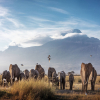 Tanzania
Tanzania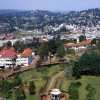 Uganda
Uganda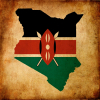 Kenya
Kenya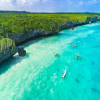 Zanzibar
Zanzibar